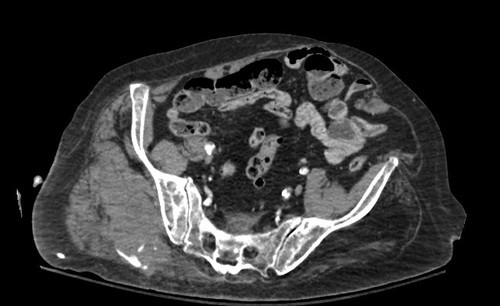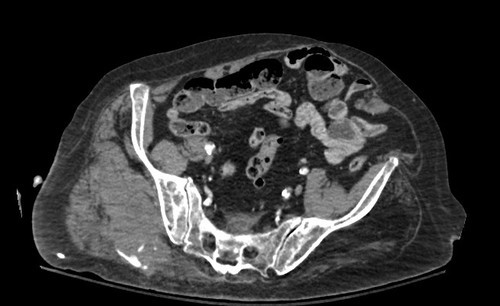In the US, there are two major methods for gaining recognition as a trauma center: verification by the American College of Surgeons (ACS), and designation by a state or county authority. ACS verification is fairly rigorous and standardized, and is applied uniformly across the US. State or county designation is not nearly as uniform, with significant variability in the application of criteria, frequency of site visits, and quality of reviewers. A few states allow dual site visits which result in both ACS verification and state designation, but in general the processes are different.
A recent paper from the University of Pittsburgh sought to quantify some of these differences by using mortality as a barometer of trauma center quality and hence, verification/designation quality. It analyzed information from the 2007-2008 dataset of the National Trauma Data Bank. It specifically compared outcomes from ACS Level I and II centers to state designated centers that applied for but did not obtain ACS verification. Robust statistical models were used to address the usual shortcomings of using large datasets. Observed vs expected mortality was calculated using standard methodology. Here are the key results:
- Over 900,000 records were analyzed (!) from a mix of academic, community, large, and small hospitals. Most (92%) were nonprofits.
- There was no difference in survival outliers (either unexpected saves or unexpected deaths) in Level I ACS vs state trauma centers.
- A significantly higher number of unexpected mortalities occurred in state designated Level II centers compared to ACS Level IIs. There was no difference in unexpected saves.
- ACS verification was an independent predictor of survival at Level II centers
The equivalence in survival at Level I centers is likely due to the application of rigorous designation criteria by states for these flagship centers. Additionally, they usually attract personnel who are keenly interested in and dedicated to trauma care. Many state Level II centers have more variability in terms of commitment and resources. The surgeons may not be able to commit as much of their time to trauma care as at Level I centers. Other key resources may not be as readily available.
Bottom line: This study matches with my observations of both ACS and state trauma centers. Level I criteria are fairly rigorous for both, but there is much more variability in Level II criteria. Unfortunately, this study suggests that this situation is not good for our patients. It is not enough for states to just adopt ACS criteria into their own designation programs. Regular, standardized and rigorous reviews are important to ensuring quality.
Reference: American College of Surgeons trauma center verification versus state designation: Are Level II centers slipping through the cracks? J Trauma 75(1):44-49, 2013.


